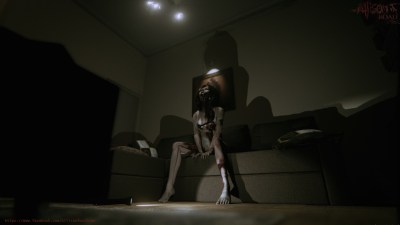Nintendo has revealed plans to develop what they call “quality of life” technology - and they’re starting off with a sleep and fatigue sensor. Unlike existing sensors of this kind, Nintendo’s sensor wont require the user to wear the gadget and will instead be a non-contact sensor that will sit by your bedside while it works its magic.
The device will track your body movements, heartbeat and breathing and uploads this data to the cloud for analysis and gives the user a visual representation of your sleep condition and fatigue status. The device will try encourage you to take action in an attempt to improve your results such as exercise or a diet change.
“Fatigue and sleep are themes that are rather hard to visualise in more objective ways,” Nintendo president Satoru Iwata explained during a briefing to investors, “At Nintendo, we believe that if we could visualise them, there would be great potential for many people regardless of age, gender, language or culture.”
Nintendo will manufacture the device alongside US health company ResMed, who develop medical equipment used to diagnose and treat sleep disorders. It is ResMed’s non-contact sensing and sleep estimation technology that will be included in the final product.
The big question is when this device will reach our homes. There is no official word on when it’ll be available other than a vague “2016” in one of Nintendo’s presentation slides. Nintendo boss Satoru Iwata has said that the focus is to make it as easy to use as possible to encourage people to try it. 5 conditions have to be met before the product ships according to Iwata. Firstly, the technology should not be wearable, as some people just don’t want to wear a wristband or similar all day, or at night in bed - a possible reference to Apple’s recent reveal of a smartwatch.
The product also needs to be usable without a significant installation or setup process, and most importantly has to provide instant analysis of its results. “This is one of the issues we could not overcome with our ‘Wii Vitality Sensor’ project,” Iwata noted.
Some have drawn comparisons between this announcement and the ill-fated Vitality Sensor, which Nintendo originally announced all the way back in 2009. Last year, Nintendo admitted it they had placed that project on hold. “After a large-scale test of a prototype inside the company, we found out that for some people the sensor did not work as expected,” Iwata explained.
Could this announcement simply be the result of Nintendo changing tactics and re-evaluating the Vitality Sensor? Time will tell.


